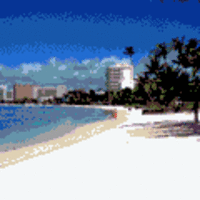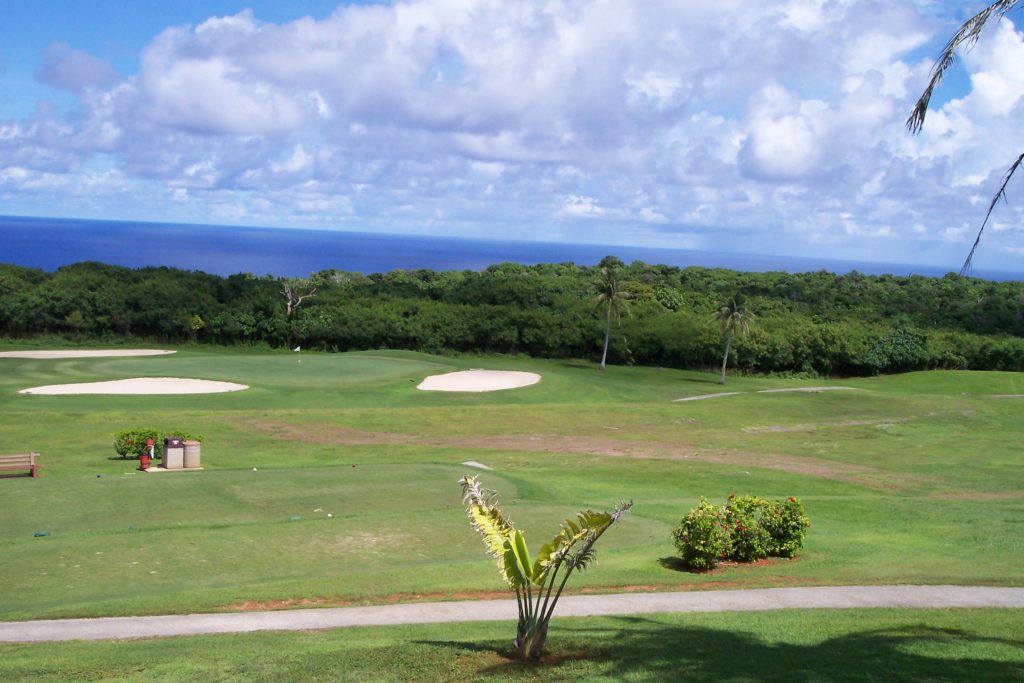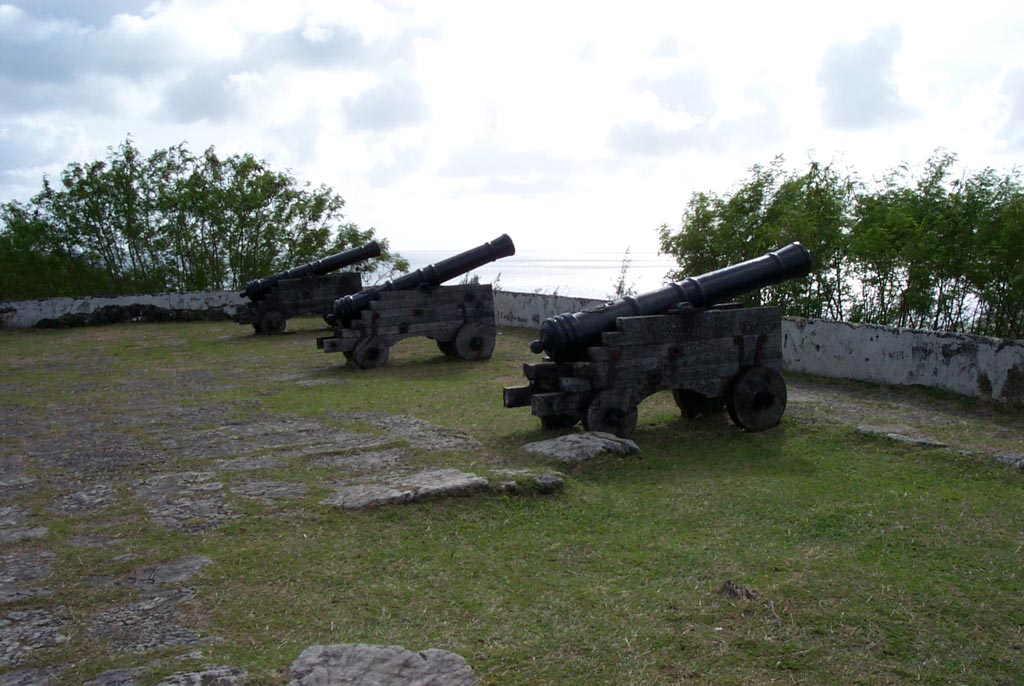Hafa Adai and Welcome to Guam USA!
Welcome to the Guam USA, the United States island territory gateway to Asia and the Far East. Located approximately 3,300 miles West of Hawaii, 1,500 miles east of the Philippines and 1,550 miles South of Japan, the Island of Guam is the Western most territory of the United States. As such, Guam is an important strategic military out post as well a commercial and communications gateway to Asia and Australia. Guam is located West of the International dateline placing it 18 hours ahead of the West Coast of the United States.
Located approximately 3,300 miles West of Hawaii, 1,500 miles east of the Philippines and 1,550 miles South of Japan, the Island of Guam is the Western most territory of the United States. As such, Guam is an important strategic military out post as well a commercial and communications gateway to Asia and Australia. Guam is located West of the International dateline placing it 18 hours ahead of the West Coast of the United States.
Come See What Guam USA Has to Offer
Guam USA is a small dot in the middle of the Pacific Ocean. Approximately 30 miles long and 4 to 9 miles wide, the Northern end of Guam is a plateau of rolling hills and cliffs rising to 600 feet above sea level. Waterfalls, rivers and bays abound throughout Guam’s central and southern areas. Luxury 5 star hotels line the Tumon Bay beachfront and Guam’s unique “duty free” status makes it a shoppers’ paradise.
The beaches of Tumon Bay offer gleaming white sand and crystal clear, warm waters for swimming, snorkeling, or just relaxing and enjoying the fantastic sunsets over the Philippine Sea. With its year round warm and crystal clear waters, Guam is one of the most desirable scuba dive destinations in the World. Guam offers seven world class golf courses open to the public and two military courses for authorized military personnel.
Guam has a number water parks and beach clubs that offer jet skis, windsurfing, kayaking, paddleboats, pools and water slides and various other water sports. Other popular Guam outdoor leisure activities include hiking boonie stomping, skydiving, parasailing, deep-sea sport fishing and more.
Guam’s Ancient History
The Island of Guam has an ancient history and rich cultural heritage. The original inhabitants of Guam, the ancient Chamorro, are widely believed to have been of Indo-Malaya descent with linguistic and cultural similarities to Malaysia, Indonesia and the Philippines. The first known contact with the West occurred with the visit of Ferdinand Magellan in 1521. Guam was formally claimed by Span in 1565. Jesuit missionaries arrived in 1668 to establish their brand of European civilization, Christianity and trade. During the Spanish period, the Catholic Church became the focal point for village activities and Guam became a regular port-of-call for the Spanish treasure galleons that crisscrossed the Pacific Ocean between Mexico and the Philippines.
Guam was ceded to the United States at the end of the Spanish American War in 1898. Guam benefited from many improvements under the American administration which are still evident today. One such benefit was the establishment of a non-sectarian education system. Guam was invaded by the Japanese in 1941, who occupied the island until liberated by the American’s in 1945. The United States administered Guam under a Navy Governor until 1949 when administrative control of Guam was turned over to the Department of Interior by an Executive Order signed by President Harry Truman. In 1951, an act of the US Congress, known as the Organic Act, made Guam a self-governing unincorporated territory of the United States, which it remains today. In 1962, the United States lifted the security clearance which opened the door for a flood of immigrants from other Pacific and Asian nations, Australia, Europe and the United States who made Guam their home and left their influence. Read more about Guam’s history.
Guam USA Today
Guam is a truly cosmopolitan community with a unique mix of cultures which reflects its history. The core of Guam’s culture is derived from its Chamorro origins, heavily influence by the Spanish occupation and the Catholic Church. Strong American influence is also evident in the celebration of many public holidays, the form of Government and the pride in being U.S. citizens displayed by the populace. Guam‘s culture has also been influenced and enriched by the Filipino, Japanese, Korean, Chinese and Micronesian immigrants, each group of whom have added their unique contributions. Many of the major hotels provide cultural shows and cuisine. The Chamorro Village in Hagatna offers ancient cultural dances, live reggae bands, and other cultural exhibits and you may also experience a wide variety of restaurants and food stands featuring Chamorro, Chinese, Japanese, Greek, Jamaican, Mexican, Filipino and other exotic cuisines.

 MWR Golf Course
MWR Golf Course Spanish Influence
Spanish Influence Asan Overlook
Asan Overlook
 Guam Maps
Guam Maps